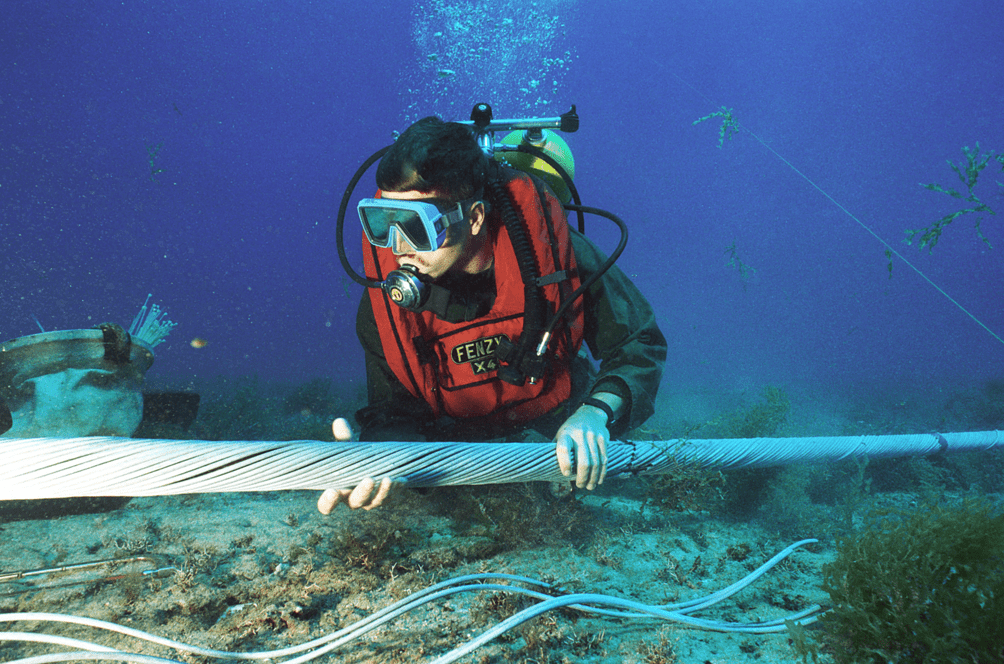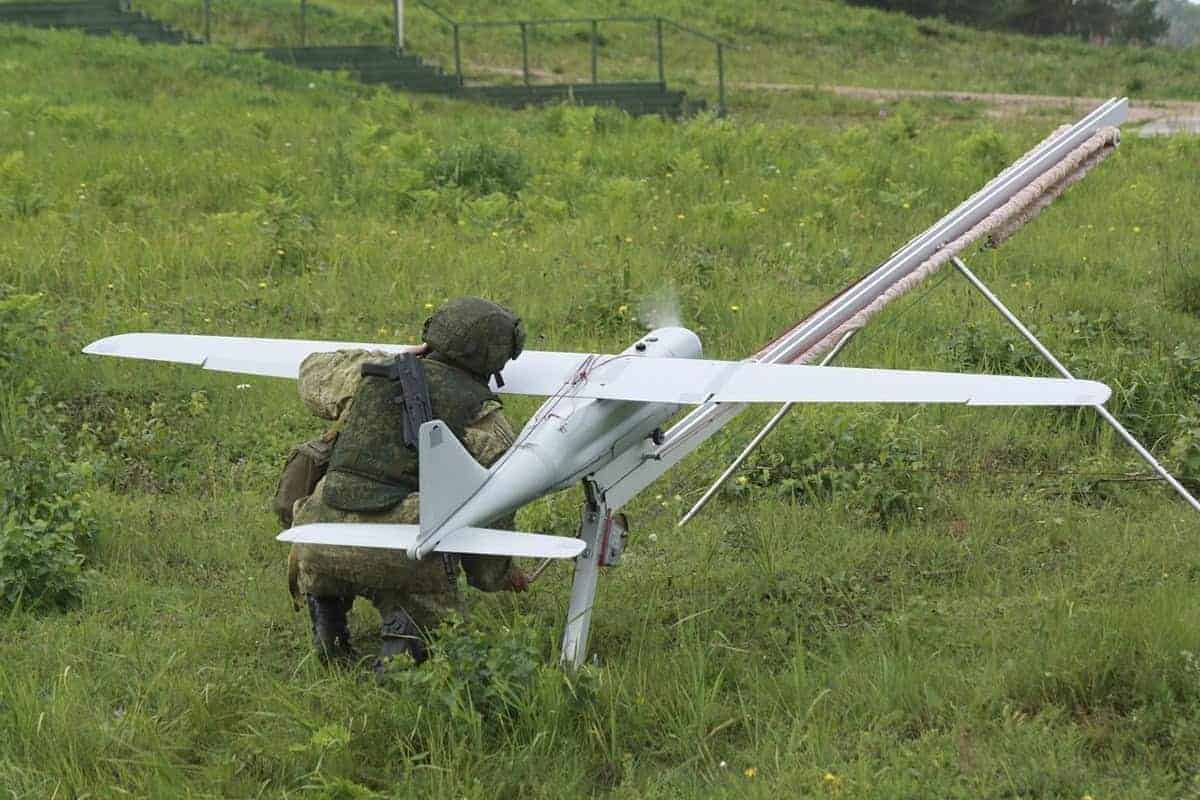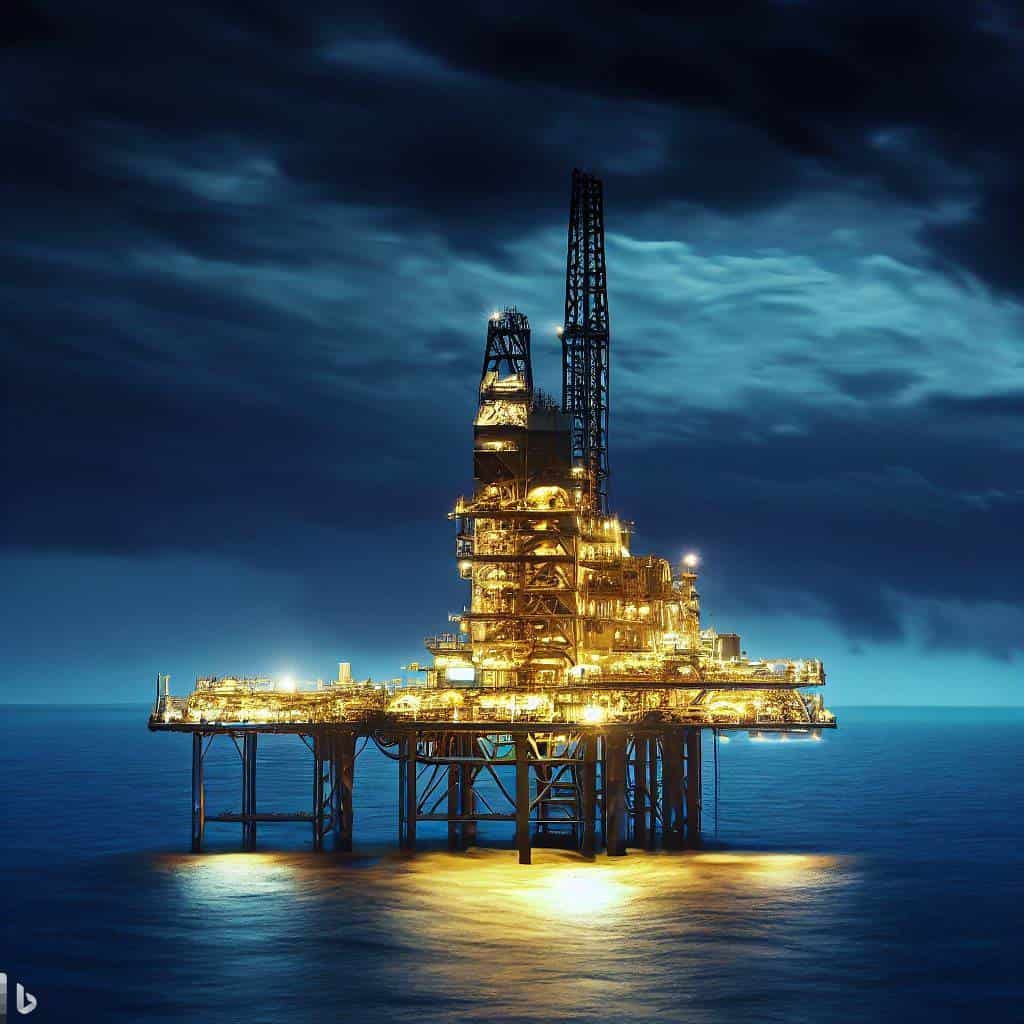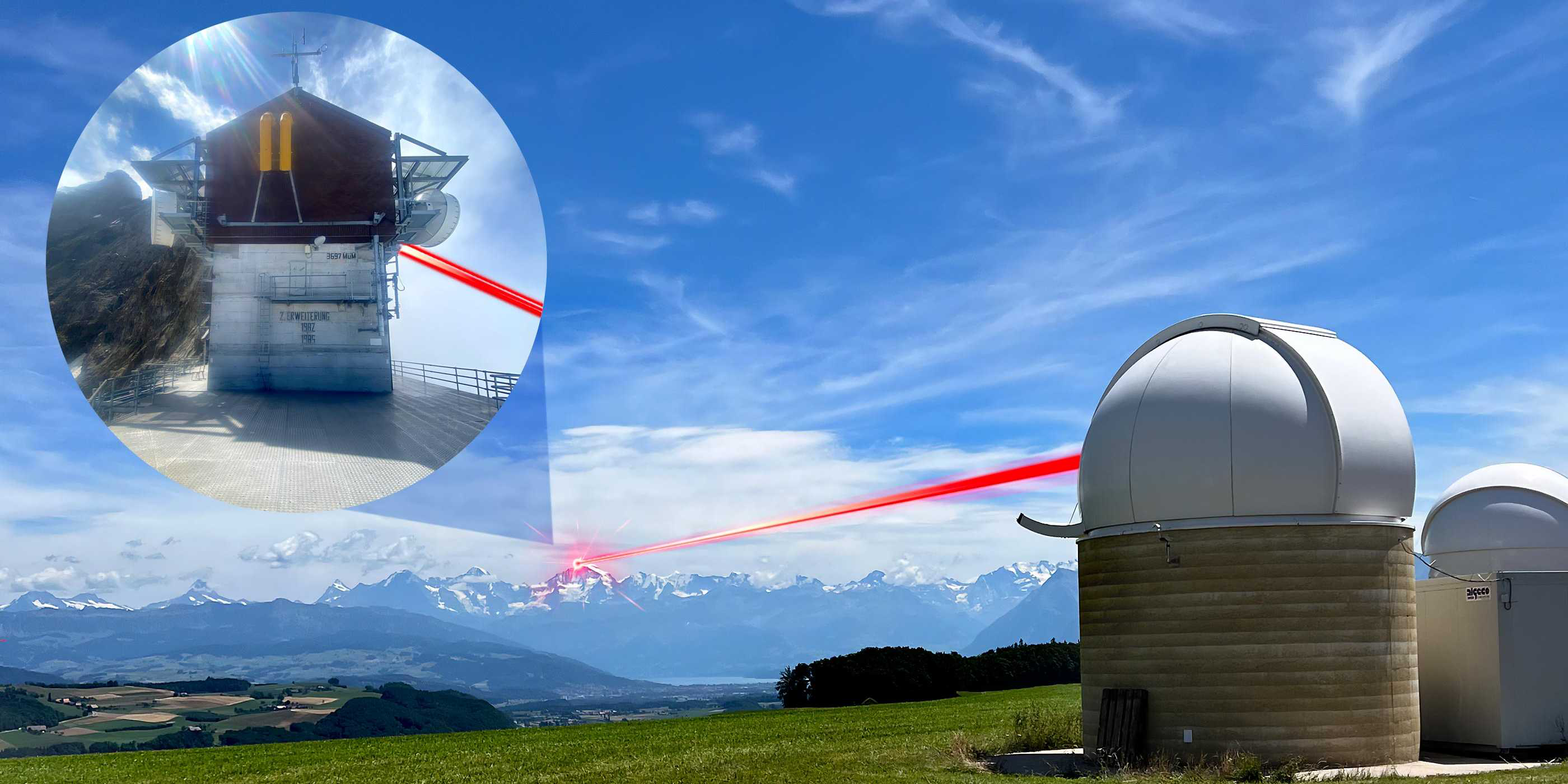
Russian vessels have been spotted in the East Sea, raising concerns that they may be mapping undersea cables and pipelines for potential future sabotage. Experts are increasingly alarmed by the vulnerability of these critical infrastructures. A recent documentary series by DR has unveiled a Russian spy program that targets Nordic infrastructure for possible sabotage activities.
To address this growing threat, experts recommend enhancing surveillance of both sea and underwater areas. Given the changing threat landscape since the establishment of Danish offshore wind farms in the 2000s, the focus should not only be on traditional targets such as train stations and airports but also on energy installations and undersea pipelines.
Emerging technologies for infrastructure monitoring
As the need for monitoring and protecting critical undersea infrastructure becomes more pressing, various novel technologies have been developed to address these challenges. These include distributed acoustic sensing (DAS), underwater sensor networks, and non-intrusive sensors for pipeline monitoring.
Distributed Acoustic Sensing (DAS) is an advanced technology that uses fibre optic cables to detect acoustic signals along the entire length of the cable. This technology can identify and locate potential threats to infrastructure such as leaks, damage, or unauthorized activity. DAS can be particularly beneficial for monitoring undersea pipelines and cables.
Underwater sensor networks
Underwater sensor networks consist of multiple interconnected sensors that can communicate wirelessly to monitor and detect pipeline damage or any suspicious activity. These networks can provide real-time data on the conditions of the pipelines and the surrounding environment. The use of underwater sensor networks can help protect offshore installations and undersea pipelines, ensuring the safety of critical infrastructure.

Researchers at Pusan National University have developed a low-cost, non-intrusive sensor system for pipeline damage detection and integrity monitoring. The system uses a force-sensing resistor, the Euclidean distance method, and a support vector machine learning algorithm, making it suitable for use in high-risk industries such as nuclear power plants and naval ships. The non-intrusive sensor system can be easily installed on existing pipelines without the need for extensive modifications, reducing manual work and automating monitoring processes.
Collaboration and resilience-enhancing policies
Improving the security of undersea infrastructure requires collaboration between governments, private companies, and international organizations. The European Commission and Parliament have begun addressing critical infrastructure protection, with EU Commission President Ursula von der Leyen presenting a five-point action plan. However, the Critical Infrastructure Directive (NIS2) mainly addresses cybersecurity and not physical attacks or underwater infrastructure vulnerabilities.
Strengthening industry collaboration, enhancing repair capacities, and adding the issue to the diplomatic agenda can help protect against sabotage. The European Maritime Safety Agency’s (EMSA) mandate could also be revised to better address these concerns. Efforts to protect undersea infrastructure include new surveillance and monitoring systems, international collaboration, and resilience-enhancing policies, such as the Royal Navy’s race to launch an ocean surveillance ship by 2024.
Conclusion
The growing threat to critical undersea infrastructure demands innovative solutions and heightened vigilance. By investing in emerging technologies like DAS, underwater sensor networks, and non-intrusive sensors, as well as fostering collaboration and resilience-enhancing policies, governments and industries can help ensure the continued functioning and security of global internet and energy infrastructure.







